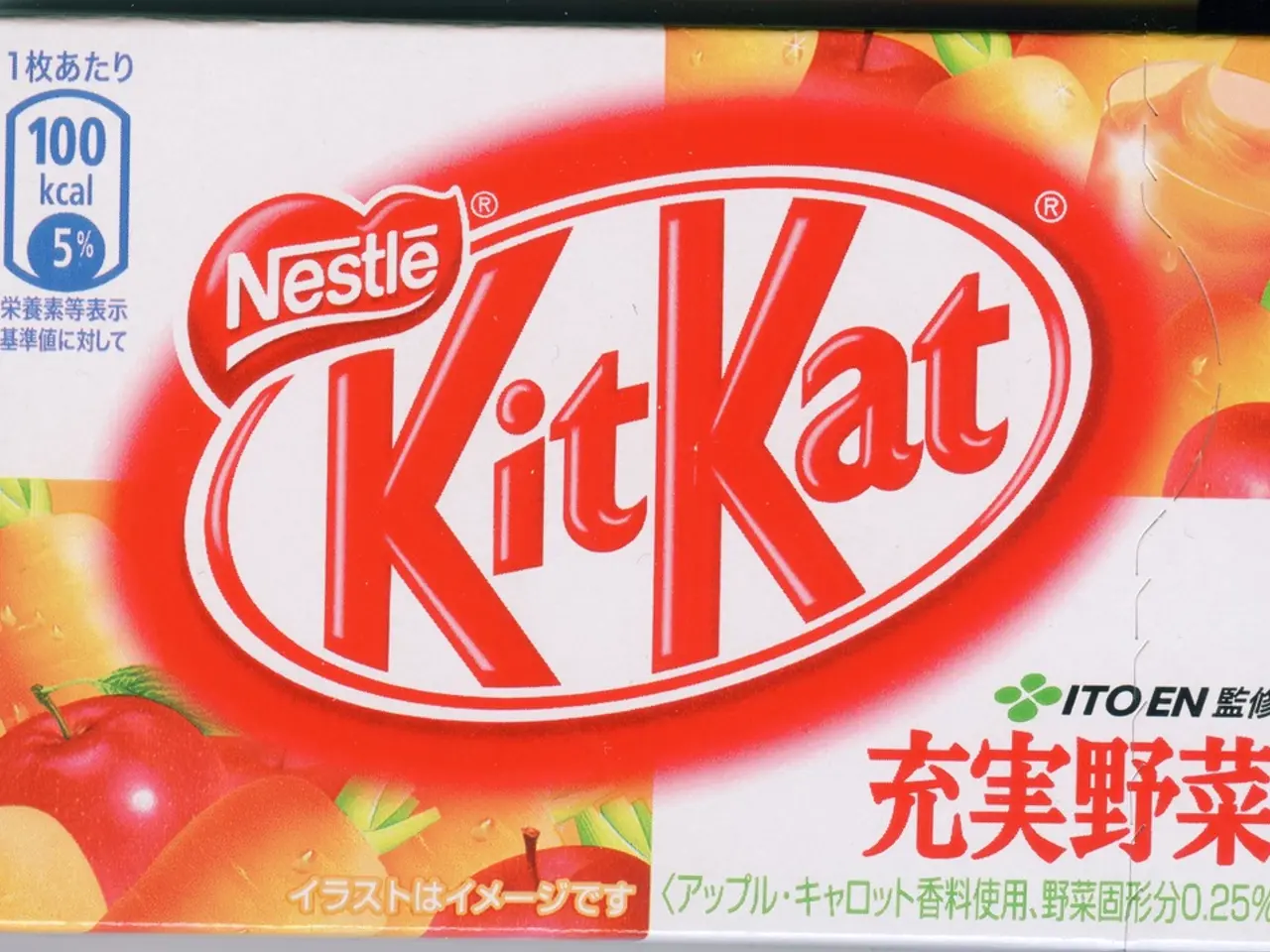Dietary Guidelines for Managing Metabolic Syndrome: Foods to Consume and Foods to Steer Clear Of
A balanced diet is crucial for those dealing with metabolic syndrome, a condition that increases the risk of heart disease, stroke, and Type 2 diabetes. Here's a breakdown of the recommended dietary changes to help control this condition.
Low-Carbohydrate Diets for Better Metabolic Health
Reducing carbohydrate intake, particularly refined and simple carbohydrates, is key in managing metabolic syndrome. Diets such as the Atkins or ketogenic diet have shown superior outcomes in reducing abdominal fat, fasting blood sugar, triglycerides, and improving HDL cholesterol compared to low-fat diets [1][3].
Embrace Fiber-Rich Foods
Increasing vegetable, fruit, and fiber intake helps improve metabolic parameters and reduce cardiovascular risks [2][4]. A healthy balanced diet should include non-starchy vegetables like salad greens, broccoli, and peppers, as well as starchy vegetables that are higher in fiber such as beans, lentils, and chickpeas.
Whole Grains for Heart Health
Whole grains, such as whole-wheat breads, barley, and oats, are beneficial for heart health and can help avoid weight gain and lower the risk of Type 2 diabetes [6].
The Mediterranean Diet: A Heart-Healthy Choice
The Mediterranean diet, rich in fruits, vegetables, seafood, and olive oil, may help with weight loss and lower the risk of heart attacks, strokes, and Type 2 diabetes [7].
Omega-3 Fatty Acids: Boosting Good Cholesterol
Omega-3 fatty acids, found in nuts, seeds, and fatty fish like salmon and mackerel, can increase HDL (good cholesterol) and lower LDL (bad cholesterol) [8].
Avoid Processed Foods and Sugary Beverages
Cured meats like hot dogs, bacon, and deli meats should be limited due to their link to heart disease and high sodium content, which contributes to high blood pressure. Processed foods such as packaged items and fast food should be avoided as they often contain refined carbs, added sugars, too much salt, and unhealthy saturated fats [9]. Drinking plenty of water can help cut down on cravings for sugary beverages and is linked to small amounts of weight loss.
Seek Professional Guidance
Asking for help from a dietitian can be beneficial when trying to change eating habits, as they focus on realistic goal-setting and manageable compromises [10].
Remember, a person has metabolic syndrome if they have three or more of the following factors: high blood sugar, high blood pressure, high triglycerides, low HDL cholesterol, large waist size, or an "apple-shaped" body [11]. It's important to take control of your diet to manage this serious condition and reduce the risk of complications.
References
[1] https://www.ncbi.nlm.nih.gov/pmc/articles/PMC6008093/ [2] https://www.ncbi.nlm.nih.gov/pmc/articles/PMC5662037/ [3] https://www.ncbi.nlm.nih.gov/pmc/articles/PMC5707681/ [4] https://www.ncbi.nlm.nih.gov/pmc/articles/PMC5368267/ [5] https://www.ncbi.nlm.nih.gov/pmc/articles/PMC5710209/ [6] https://www.ncbi.nlm.nih.gov/pmc/articles/PMC5797209/ [7] https://www.ncbi.nlm.nih.gov/pmc/articles/PMC3665023/ [8] https://www.ncbi.nlm.nih.gov/pmc/articles/PMC5707681/ [9] https://www.ncbi.nlm.nih.gov/pmc/articles/PMC5807404/ [10] https://www.ncbi.nlm.nih.gov/pmc/articles/PMC5585435/ [11] https://www.ncbi.nlm.nih.gov/books/NBK470324/
- Embracing a low-carbohydrate diet, such as the Atkins or ketogenic diet, can help improve metabolic health and reduce the risk factors associated with metabolic syndrome, including abdominal fat, fasting blood sugar, triglycerides, and improving HDL cholesterol.
- Including more fibrous foods in the diet, like vegetables, fruits, beans, lentils, and chickpeas, can aid in weight management, heart health, and lowering the risk of Type 2 diabetes while improving metabolic parameters.
- Opting for whole grains like whole-wheat breads, barley, and oats over refined grains can promote heart health, help prevent weight gain, and lower the risk of Type 2 diabetes, providing numerous health benefits.




